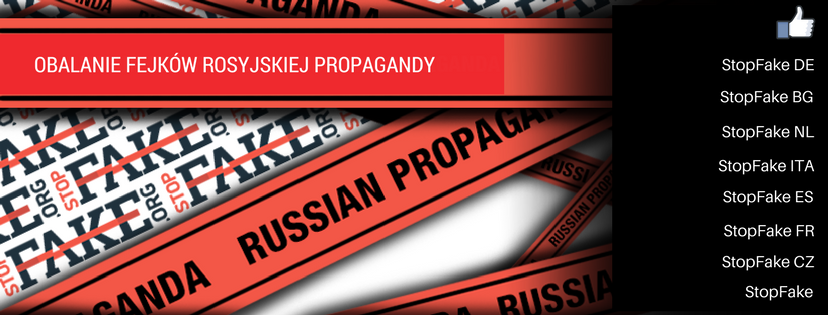Theoretically I shouldn’t write this text. Theoretically, because – as you’re going to see – it is possible to draw a conclusion that the StopFake activity (but also other organizations fighting disinformation) is pointless. Fortunately, the theory doesn’t always equal practice.
But what’s the fuss about? A group of sociologists from the Political Science Faculty and School of Communication of Aarhus University in Denmark: Alexander Bor, Mathias Osmundsen, Stig Rasmussen, Anja Bechmann and Michael Petersen analysed how do the readers of content by fact checking initiatives (such as StopFake, even though we were not included in the study) behave. With this aim, the users of Twitter were shown content by “fake news vanquishers”. Then, it was verified what and if something at all has changed in their attitude towards the content their share on Twitter.
The study was conducted on a group of 1600 people with record of sharing unverified information. After watching the videos aimed to help them distinguish disinformation, their behaviour on Twitter was studied.
In general, the amount of disinformation shared by them three months before and nine weeks after the study was counted. The results are worrisome. Persons who were shown the training videos shared 55% more disinformation than the researchers estimated based on their previous activity. The conclusion is simple: “There is no proof that watching videos about verification of information actually diminish the probability of spread of fake news.”
What does it mean? The authors suggest that it is not obvious that recognising the truth and sharing disinformation are related. They point out that people, even on the normal user level use convenient lies to – in their opinion – reach their goals. And even though they know that they are dealing with a lie, they share it further. Well, we all see every day, when our friends whom we wouldn’t suspect of lack of basic intelligence post utter nonsense.
“We don’t find any connection between recognising the truth and sharing fake news. Our results suggest that fake news spread on social media because the normal users share them voluntarily”, we read in the report. It means, unfortunately, that we can change the state of knowledge but it is difficult to change the beliefs.
What’s the good news then? Well, it doesn’t apply to everyone. There are many people who come across ideologically indifferent for them fake news – without recognising it. Or others, who don’t cynically use lies for – as they think – their goals. The last ones should remember that reaching the sources of disinformation is usually impossible and it can turn out that there is someone else behind it than we wanted to “help”.
And what about the fact checking? Well, as the authors from dw.com state: “Regardless whether the fact checking changes directly people’s opinion, fact checkers work on holding accountable the elites, they teach the users how to manage doubtful information and promote good journalistic practices. Their work promotes responsibility, question disinformation and foster skills of using media.” It’s something.
By WM, sources: pri.org, events.ceu.edu, dw.com





